Memory Calculation
Disclaimer: This post has been translated to English using a machine translation model. Please, let me know if you find any mistakes.
If you want to calculate the memory you need to run a model, use this space from HuggingFace.


Disclaimer: This post has been translated to English using a machine translation model. Please, let me know if you find any mistakes.
If you want to calculate the memory you need to run a model, use this space from HuggingFace.
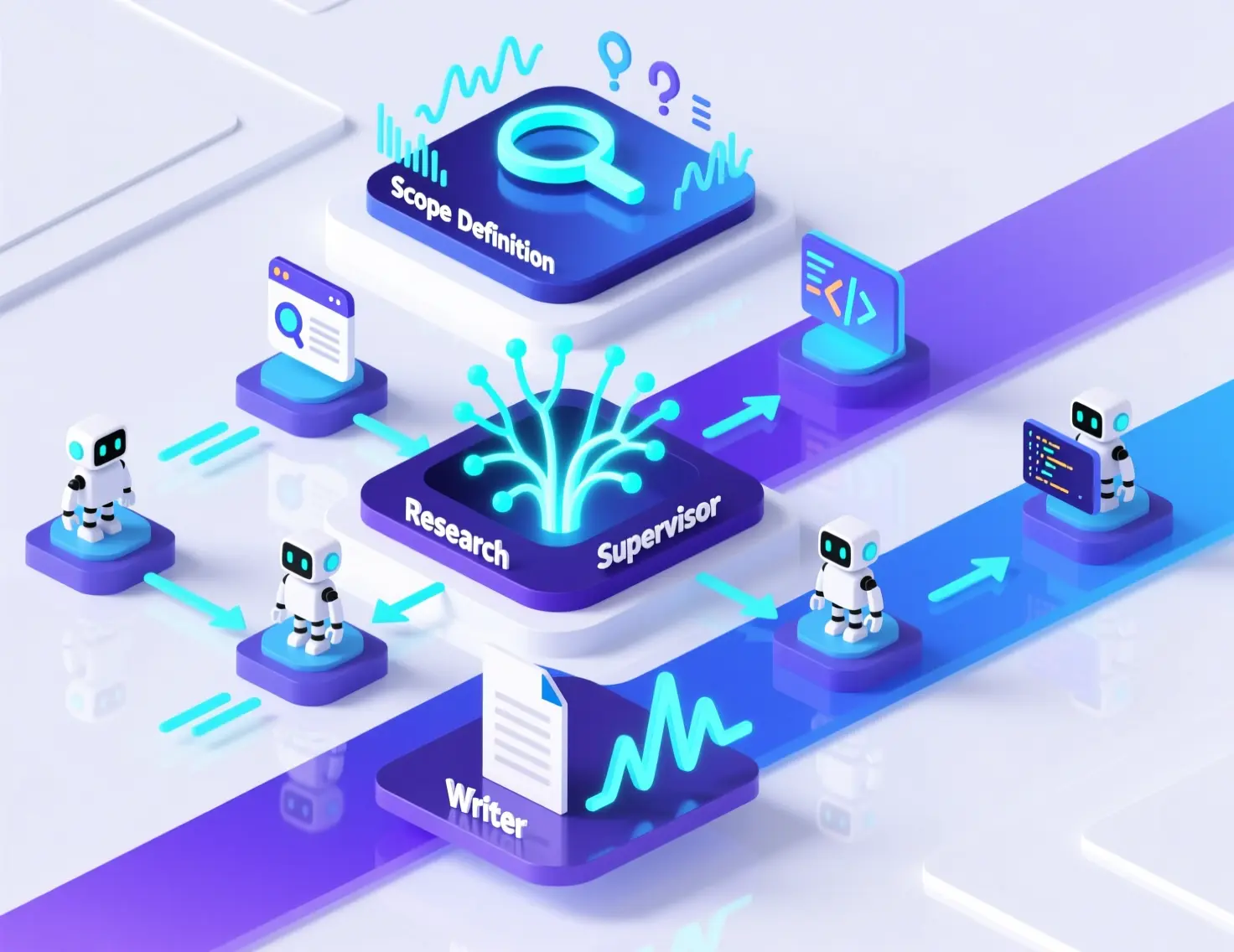
Learn how neural networks work from scratch with a practical linear regression example. This beginner-friendly tutorial explains artificial neurons, parameter initialization, loss functions, and mean squared error (MSE) with step-by-step code examples in Python.
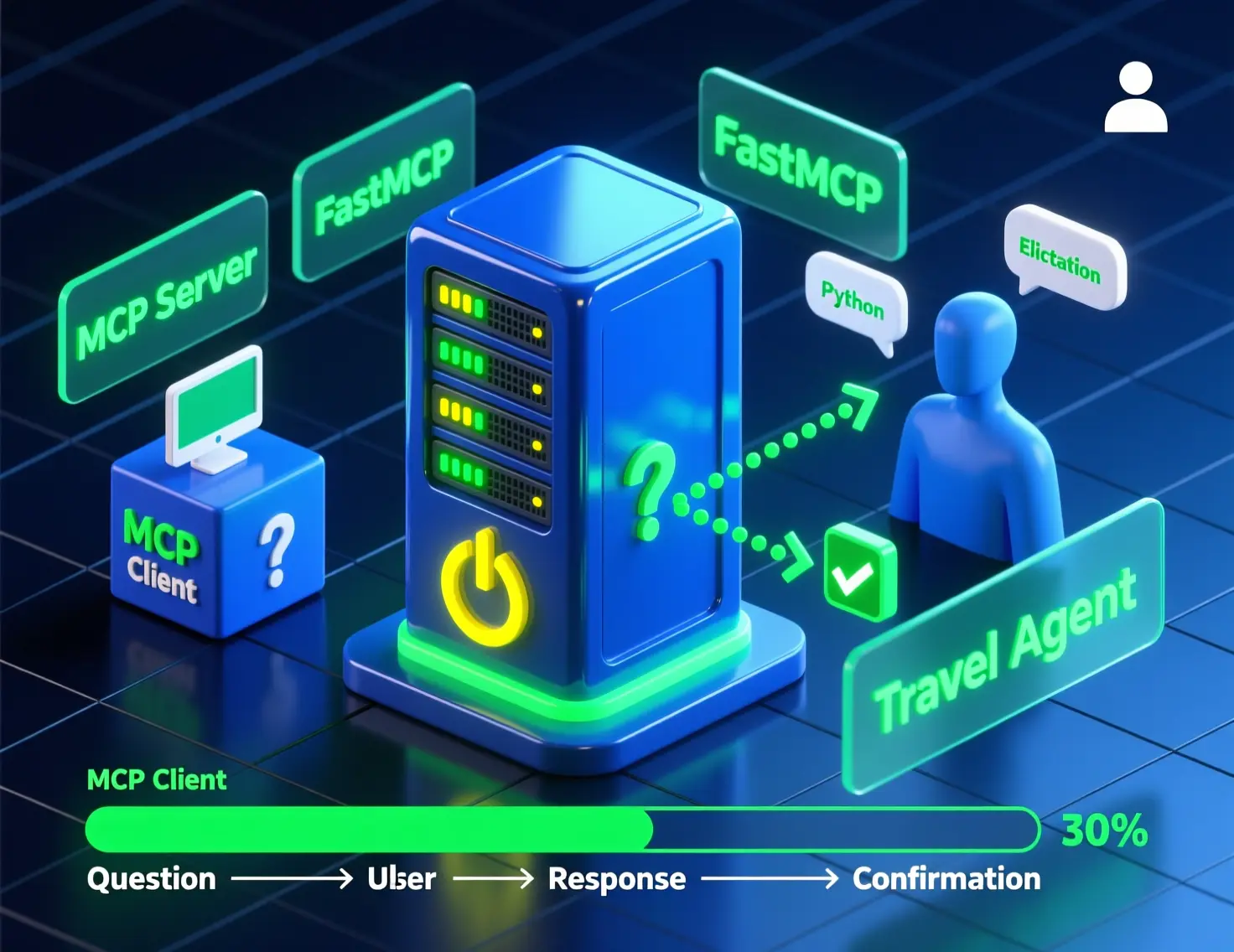
Learn how to implement elicitation in MCP (Model Context Protocol) servers with FastMCP. Complete step-by-step tutorial to create an intelligent travel booking agent that requests user information interactively. Includes server and client code, virtual environment setup with uv, and practical elicitation examples for real-time user data collection.
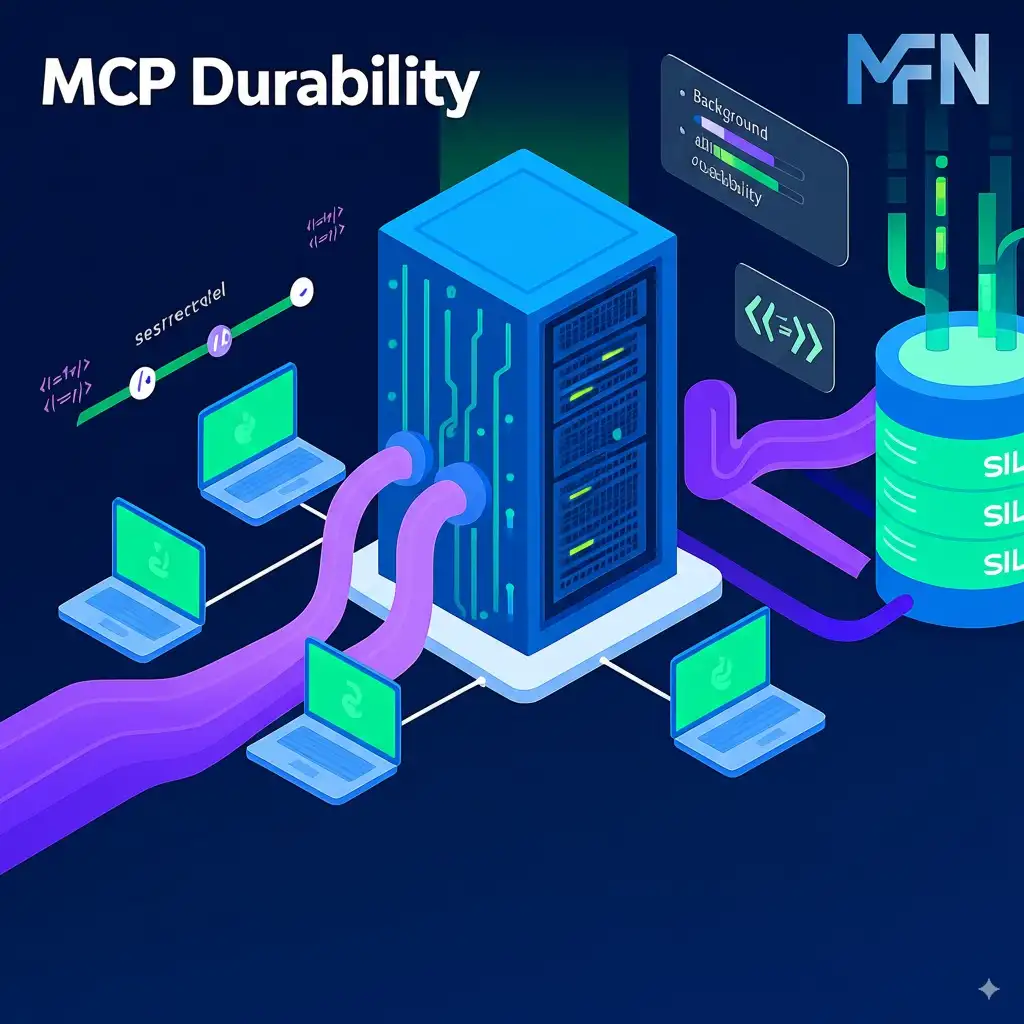
Learn to build durable MCP server and client for long-running tasks with persistence. Complete Model Context Protocol tutorial featuring SQLite data persistence, background task management, and real-time monitoring. Implement data migration, batch processing, and ML model training that survive server restarts. Python code examples using FastMCP, resources, tools, and durability patterns for enterprise applications.




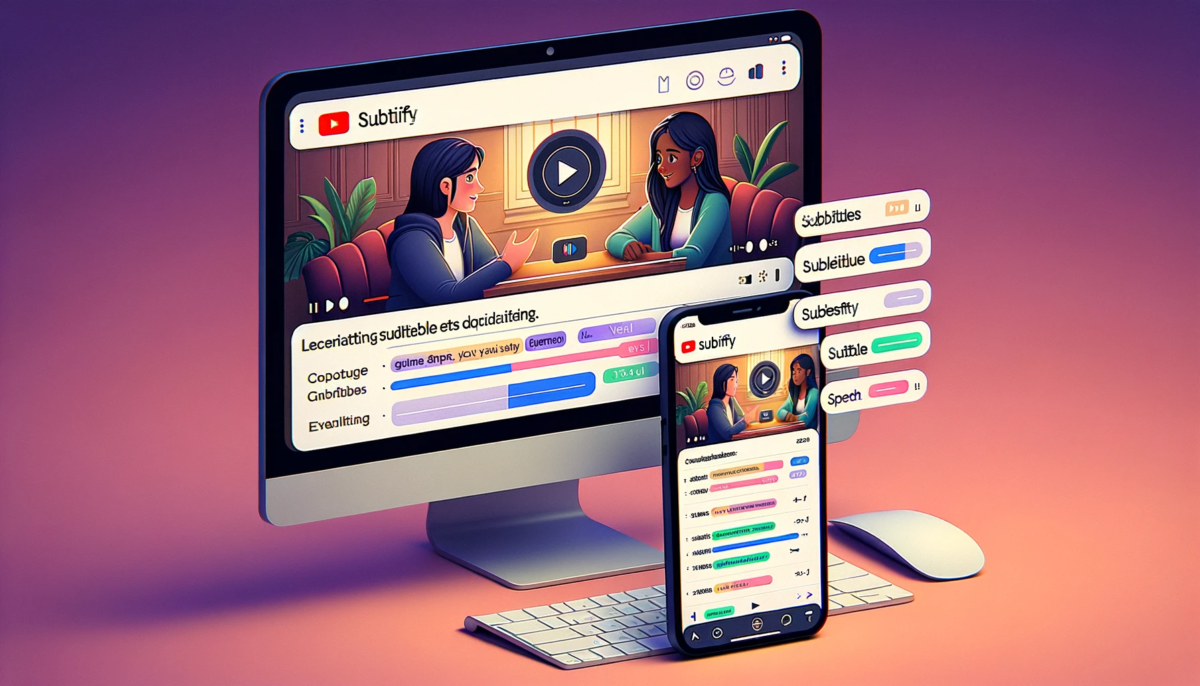


AI agents, powered by LLMs, promise to transform applications. But are they simple executors today or future intelligent collaborators? To reach their true potential, we must overcome critical barriers. This talk delves into the three puzzles that will define the next generation of agents: 1. Advanced Planning (The Brain): Today's agents often stumble on complex tasks. We'll explore how, beyond basic function calls, cognitive architectures enable robust plans, anticipation of problems, and deep reasoning. How do we make them think several steps ahead? 2. Revolutionary UX (The Soul): Interacting with an agent cannot be a source of frustration. We'll discuss how to transcend traditional chat toward human-on-the-loop interfaces—collaborative, generative, and accessible UX. How to Design Engaging Experiences? 3. Persistent Memory (The Legacy): An agent that forgets what it's learned is doomed to inefficiency. We'll look at techniques for empowering agents with meaningful memory that goes beyond their history, enabling them to learn and making each interaction smarter. With practical examples, we'll not only understand the magnitude of these challenges, but we'll also take away concrete ideas and a clear vision to help build the agents of tomorrow: smarter, more intuitive, and truly capable. Will you join us on the journey to unravel the next chapter of AI agents?
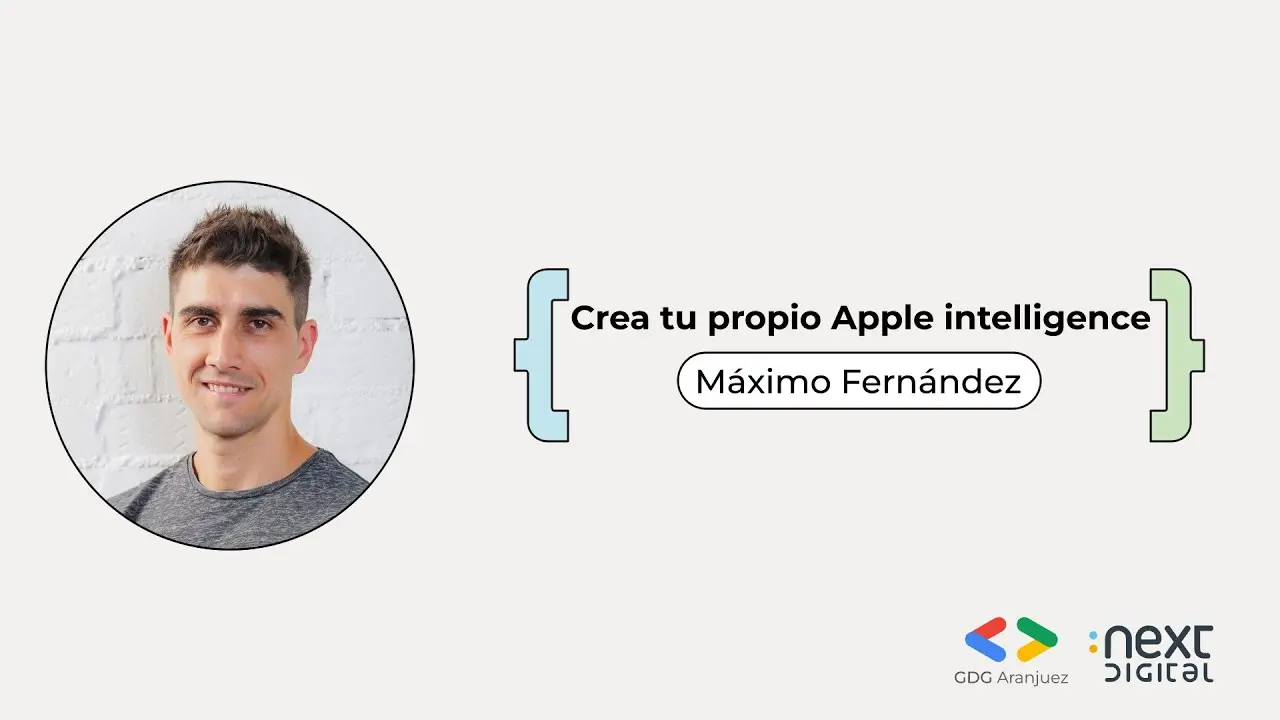
Learn to create an IA system to execute efficiently on a device
Hugging Face spaces allow us to run models with very simple demos, but what if the demo breaks? Or if the user deletes it? That's why I've created docker containers with some interesting spaces, to be able to use them locally, whatever happens. In fact, if you click on any project view button, it may take you to a space that doesn't work.






Dataset with jokes in English
Dataset with translations from English to Spanish
Dataset with Netflix movies and series